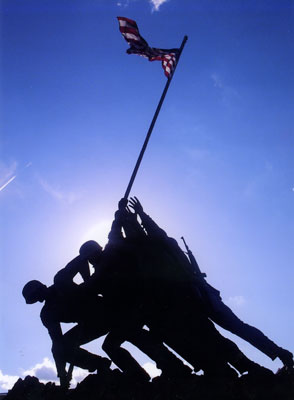All Nonfiction
- Bullying
- Books
- Academic
- Author Interviews
- Celebrity interviews
- College Articles
- College Essays
- Educator of the Year
- Heroes
- Interviews
- Memoir
- Personal Experience
- Sports
- Travel & Culture
All Opinions
- Bullying
- Current Events / Politics
- Discrimination
- Drugs / Alcohol / Smoking
- Entertainment / Celebrities
- Environment
- Love / Relationships
- Movies / Music / TV
- Pop Culture / Trends
- School / College
- Social Issues / Civics
- Spirituality / Religion
- Sports / Hobbies
All Hot Topics
- Bullying
- Community Service
- Environment
- Health
- Letters to the Editor
- Pride & Prejudice
- What Matters
- Back
Summer Guide
- Program Links
- Program Reviews
- Back
College Guide
- College Links
- College Reviews
- College Essays
- College Articles
- Back
A Block of Clay
I fell in love with history in third grade. We learned about the Titanic and I began to read story after story about the people on the ship, both fictional and real. My teacher also shared the story of a girl hiding in an attic who wrote in her diary. She died in the end but her diary lives on. I couldn’t get enough of these stories. I couldn’t get enough of the people regardless of the fact that I had no idea what the Holocaust was or that Pompeii was a city in Rome. It didn’t matter because I knew that if I read enough, the gaps in my knowledge would be filled. I wanted, I needed, these stories. I needed history.
Later on, learning history became a string of events- wars, treaties, court cases, and government plans. The spark of never ending interest died down. And I supposed in reality, that is what history is. It’s the wars and the peacetime between them. But it got to a point where we didn’t even learn how many people were killed in a war. We ignored the fact that they were people. You can’t have history without the events.
But history is so much more than just a list of events, cause and effect. History is a block of clay and the process of molding it. Each action, each event, and each second changes the clay and help forms a shape. From a plain rectangle, it becomes some odd shape that gets attached to another until something unique and complete is made. The piece is glazed with opinions and viewpoints from various historians, hiding the real facts or showing a slightly off version of what actually was. The result is put in a room or in a cupboard and it’s used and noticed and it becomes a part of life. TO understand the result, you have to know how it’s made. You have to watch the hands form it and know why the person touched it in that exact way. Even the smallest person- the kid that died young or the serf that never went more than a mile from home- had an impact on the shape. Not every touch is seen, but it’s there and the clay would be different without it.
To learn history without learning the people is like going to Florence, Italy and looking at the David only to think “It’s a human and it’s realistic, that’s kind of cool” without knowing how complex the David actually is. Sure, you appreciate it, but you don’t get the full wonder and amazement like you would if you knew how it is the epitome of Renaissance art. It’s so much more inspiring when you know the story behind what you see. So many people dislike history because we are only looking at the statue and not looking deeper, smaller. The truth is, the people you learn about as facts, as just a name, are so much crazier and imperfect than they seem. Aaron Burr, after killing Hamilton, went off to start his own country in the Louisiana territory. Alex Hamilton and Thomas Jefferson fought like little kids. Garfield was ambidextrous and could write in Latin with one hand and write in Greek with the other at the same time. One Emperor of Rome gave his horse a high government position and another Emperor fought a war against Poseidon so he sent his troops to go stab the sea. It’s all hilarious and it’s all history. It’s the making of the clay. It’s knowing the process and not just blankly staring at the end product.

Similar Articles
JOIN THE DISCUSSION
This article has 0 comments.
